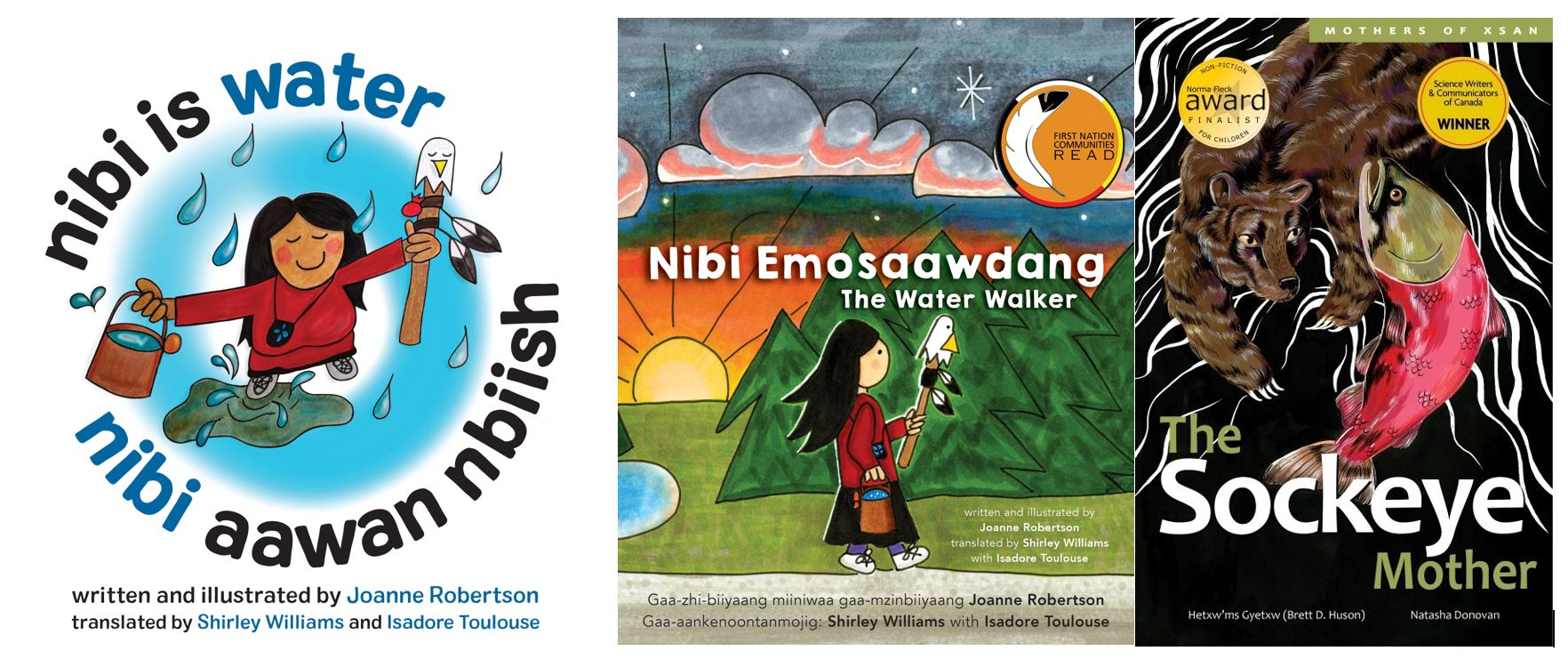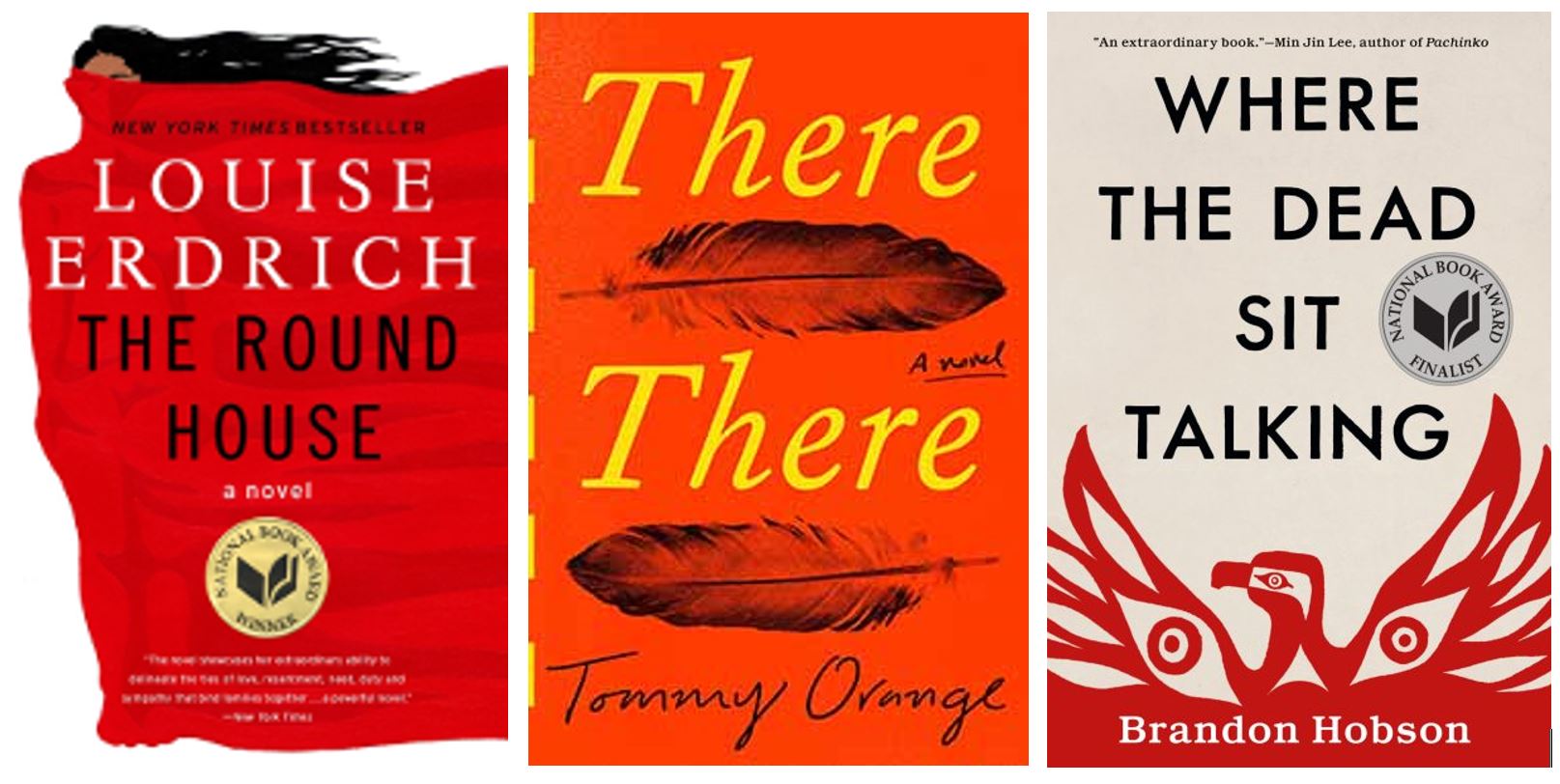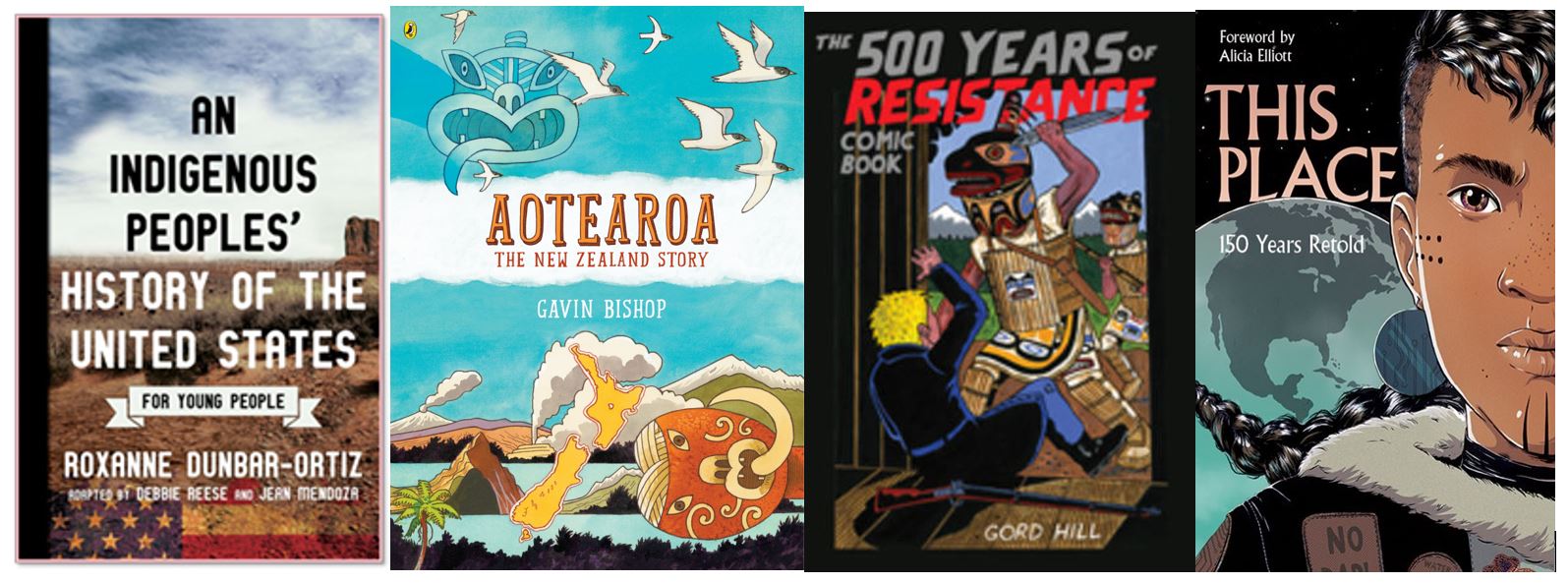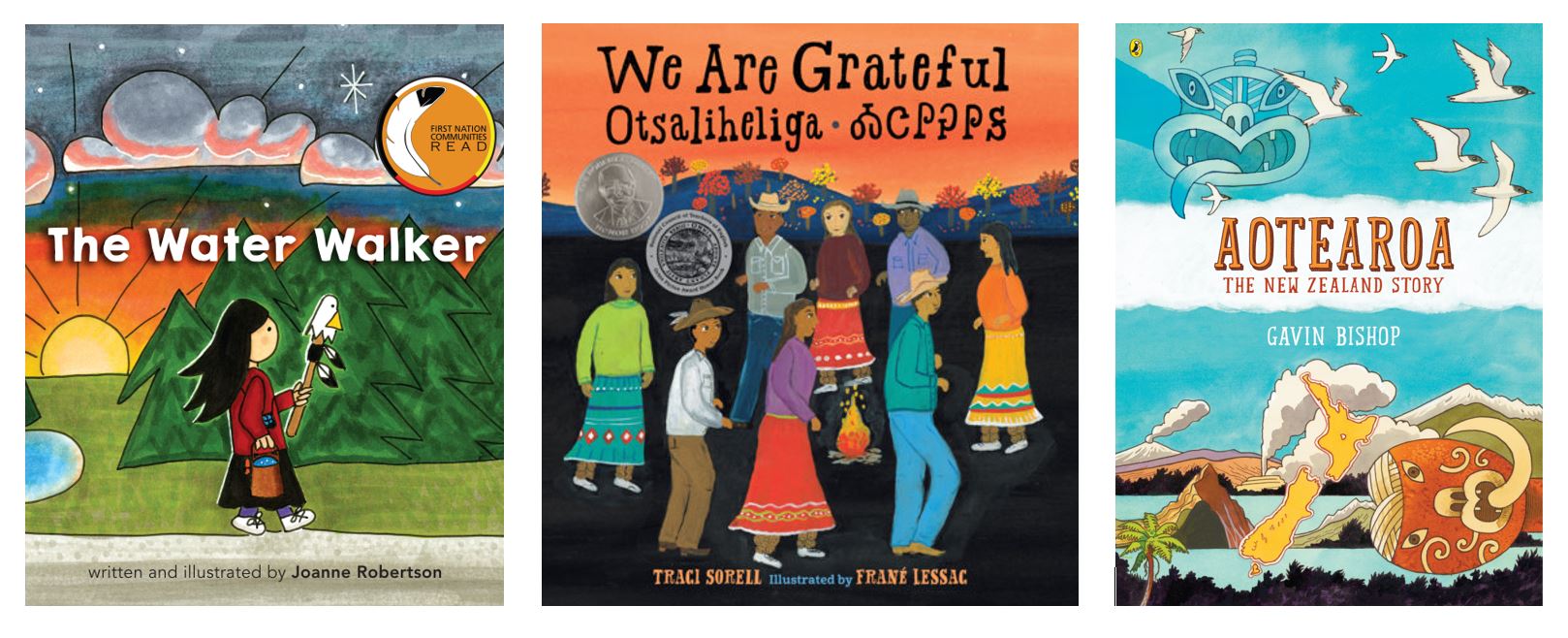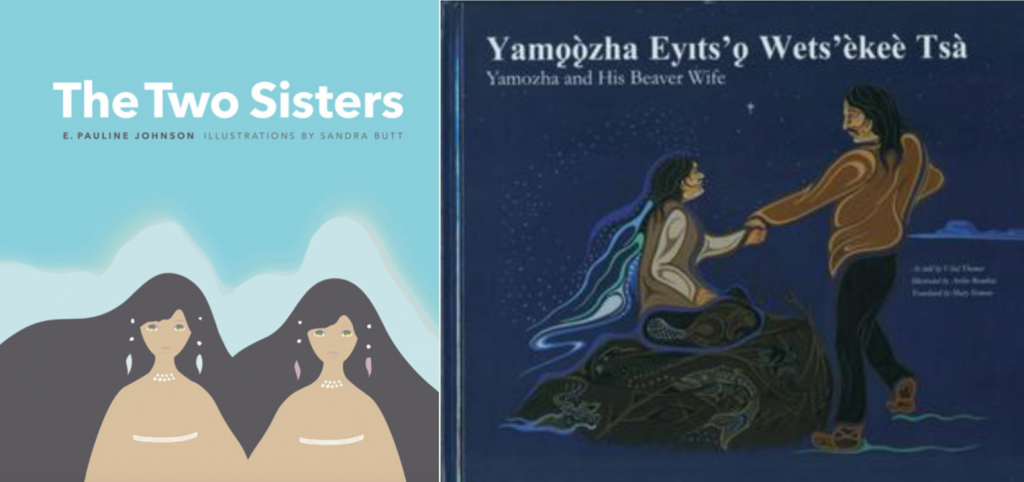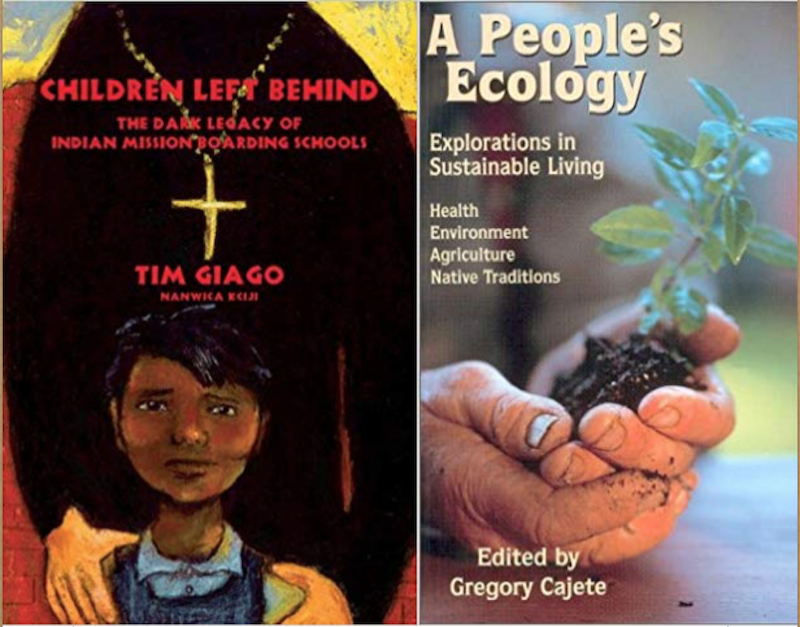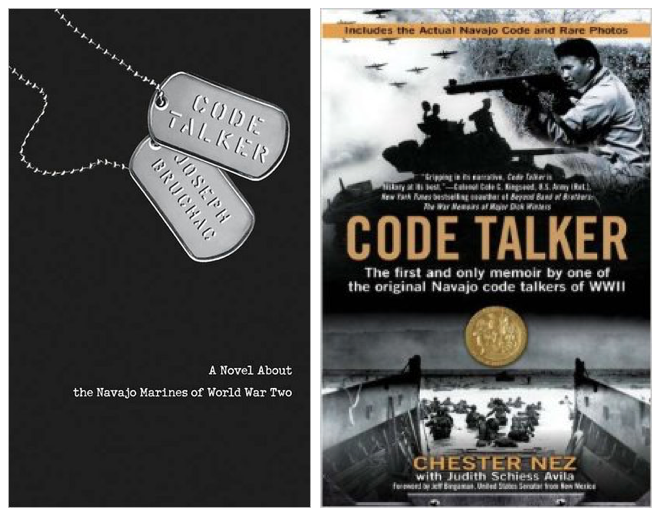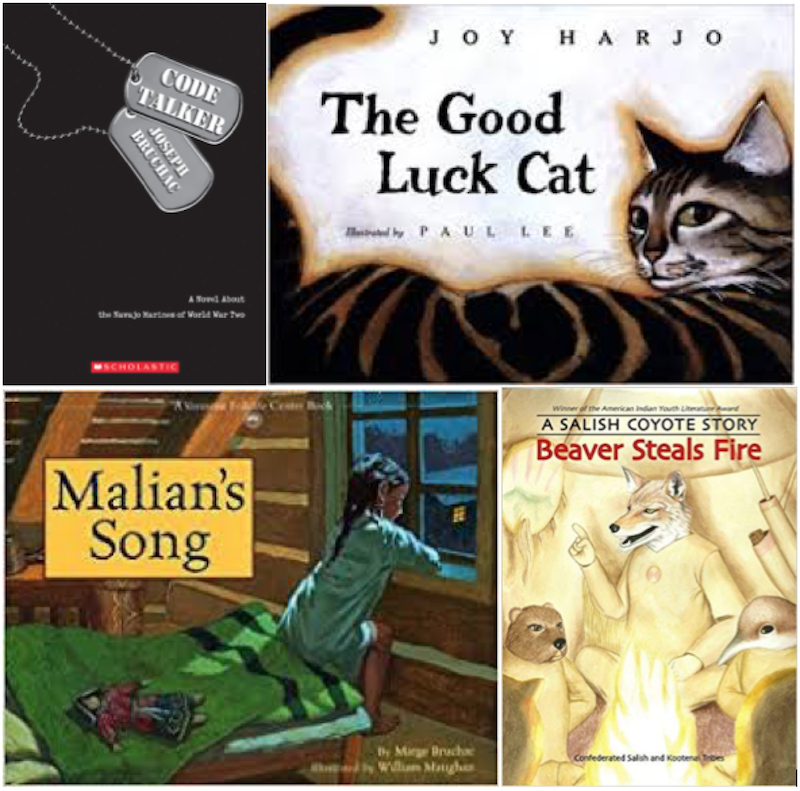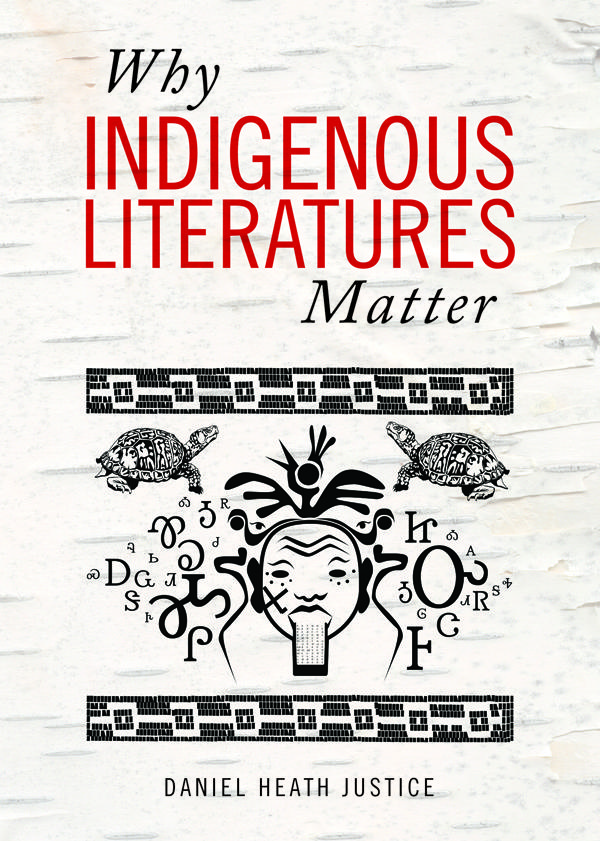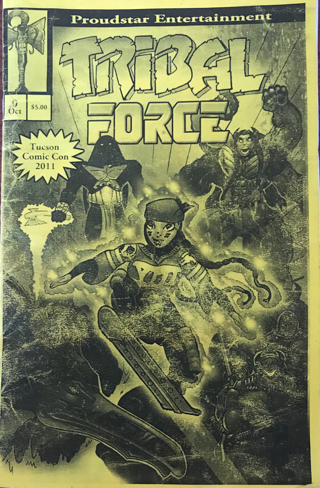Celeste Trimble, St. Martin’s University, Lacey, WA
In Lakota language, water is called mni wiconi, literally “it gives me life.” Without water, there would be no life. Water is fundamental for every living being on this planet. Indeed, water, too, is living. Indigenous communities around the globe have always known that protecting and repairing water is essential for our survival. Stories of the the importance of water, its sacredness, and the fight of the water protectors are present in literature for children and young adults.


